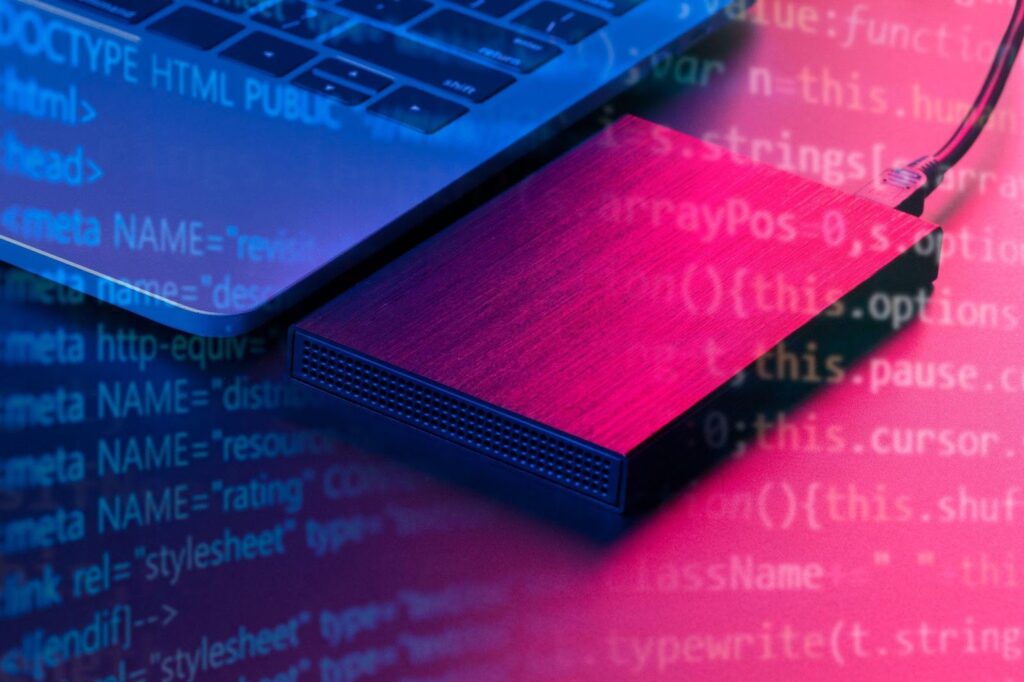Introduction
Firmware is the invisible yet crucial software layer that lies between the hardware and the user-level software in an embedded system. Unlike application software, which users interact with directly, firmware manages hardware operations at the most fundamental level. In a world increasingly dominated by smart devices, the ability to understand and develop firmware is indispensable for engineers and developers. This article presents a practical example of firmware programming in the context of electronic design to showcase how the two interact to deliver seamless functionality.
What is Firmware?
Firmware is a specific type of software permanently programmed into a device’s read-only memory (ROM) or flash memory. Unlike regular software, which can be updated or changed frequently, firmware is more rigid, as it directly controls hardware functions. Devices ranging from smartphones, computers, washing machines, to industrial machinery all rely on firmware to handle low-level operations. In modern electronic design, firmware is responsible for managing the hardware’s most essential tasks, such as controlling sensors, performing calculations, managing communication protocols, and ensuring safety measures.
Firmware vs. Software: What’s the Difference?
While both firmware and software execute instructions, they differ in scope and function. Firmware software operates at the hardware level, ensuring that the components of an embedded system communicate correctly and work in sync. Regular software, on the other hand, typically provides higher-level functions and can run on top of operating systems (like applications on a smartphone). One of the primary distinctions is that firmware remains on the hardware, even after a device is powered down, while software may not.
Firmware is also less likely to change, although some devices allow for firmware updates to fix bugs or introduce new features. In electronic design, understanding how firmware works and how it can be updated is a key part of developing reliable, long-lasting systems.
Firmware Programming: A Practical Example
Now that we have a basic understanding of what firmware is, let’s explore how it’s programmed through a hands-on example. In this scenario, we will program a microcontroller (such as the Arduino Nano 33 IoT) to control an LED with a push button. This simple task will demonstrate how firmware software interfaces with electronic design.

Step 1: Defining the Electronic Design
Before we dive into coding, it’s essential to understand the electronic design for this project. The design consists of a few key components:
Microcontroller:
The Arduino Nano 33 IoT, which is a small, versatile board capable of running embedded firmware.
LED:
A simple light-emitting diode used to indicate when the button is pressed.
Push Button:
The input device used to control the LED.
Resistors:
These prevent excessive current from flowing through the LED and button, ensuring safe operation.
Breadboard and Wires:
To create the circuit, these components physically connect the LED and button to the microcontroller.
In this example, the LED will be connected to digital pin 13 on the microcontroller, while the button will be connected to digital pin 2. The design is simple but lays the foundation for more complex projects in firmware programming.
Step 2: Writing the Firmware
With the electronic design in place, we can now proceed to write the firmware. The firmware will be written in C++, which is a common language used for programming microcontrollers, including Arduino boards.
Here is the code for the firmware that will control the LED:
cpp
Copy code
// Pin Definitions
const int ledPin = 13; // LED connected to digital pin 13
const int buttonPin = 2; // Button connected to digital pin 2
// Variable to store button state
int buttonState = 0;
void setup() {
// Set up pin modes
pinMode(ledPin, OUTPUT); // Set LED pin as output
pinMode(buttonPin, INPUT); // Set button pin as input
}
void loop() {
// Read the state of the button
buttonState = digitalRead(buttonPin);
// If button is pressed, turn on the LED
if (buttonState == HIGH) {
digitalWrite(ledPin, HIGH); // Turn on LED
} else {
digitalWrite(ledPin, LOW); // Turn off LED
}
}Explanation of the Code
Pin Definitions:
We begin by defining which pins the LED and button are connected to. In this case, the LED is attached to pin 13, and the button is attached to pin 2.
Variable to Store Button State:
This variable (buttonState) will be used to store the value of the button (either HIGH or LOW, representing pressed or not pressed).
Setup Function:
This is where we define the modes for each pin. The ledPin is set as an output since we want to control the LED, while the buttonPin is set as an input since we will be reading the button’s state.
Loop Function:
The loop() function runs continuously once the device is powered on. It first reads the current state of the button using digitalRead(buttonPin). If the button is pressed (i.e., the state is HIGH), the LED is turned on using digitalWrite(ledPin, HIGH). If the button is not pressed (LOW), the LED turns off.
Step 3: Uploading the Firmware
Once the firmware is written, it needs to be uploaded to the Arduino Nano 33 IoT using the Arduino IDE. The IDE allows you to compile the code, check for errors, and transfer it to the microcontroller through a USB cable. After uploading, the device should function as designed: pressing the button turns on the LED, and releasing it turns the LED off.
Advanced Concepts in Firmware Programming

While the LED-button example is simple, it introduces the fundamental principles of firmware software development. More complex firmware projects might involve additional components, sensors, or more intricate logic. Some advanced concepts in firmware programming include:
Interrupts:
In more complex systems, firmware may need to respond immediately to external events, such as receiving data from a sensor. Interrupts allow the microcontroller to pause its current task and execute a specific block of code in response to an event.
Timers:
Embedded systems often rely on precise timing, whether for controlling motors or reading sensors at specific intervals. Timers in firmware provide a way to execute tasks after a predefined period.
Communication Protocols:
Firmware may need to enable communication between components using protocols such as I2C, SPI, or UART. These protocols allow different devices to exchange data efficiently.
Memory Management:
Embedded systems often have limited memory, so optimizing code for size and speed is critical. Efficient use of RAM and flash memory ensures that the system runs smoothly without crashing or consuming too much power.
The Role of Firmware in Modern Electronic Design
Firmware software plays a pivotal role in modern electronic design. Whether you’re developing a smart home device, a medical gadget, or an industrial machine, firmware enables the hardware to perform its intended functions. As devices become smarter and more connected, the complexity of firmware increases. Today’s embedded systems often incorporate elements of the Internet of Things (IoT), artificial intelligence, and real-time data processing—all managed by firmware.
In many cases, firmware acts as a bridge between hardware components and cloud-based services, enabling remote control, diagnostics, and updates. For instance, a smart thermostat can receive firmware updates over the air (OTA), improving its efficiency and adding new features without requiring physical access to the device.
Conclusion
In this article, we explored a simple firmware programming example that illustrated how firmware software interacts with electronic design to control hardware. Firmware serves as the foundation of embedded systems, directly managing hardware components and ensuring reliable performance. Whether you’re designing a simple LED controller or a complex IoT device, understanding the basics of firmware development is essential for building efficient, scalable systems.
As technology evolves, so too will the demands on firmware. The future will see more interconnected devices, each relying on sophisticated firmware to manage hardware operations efficiently and securely. By mastering firmware development, engineers can unlock the full potential of their electronic designs and create innovative solutions across industries.
